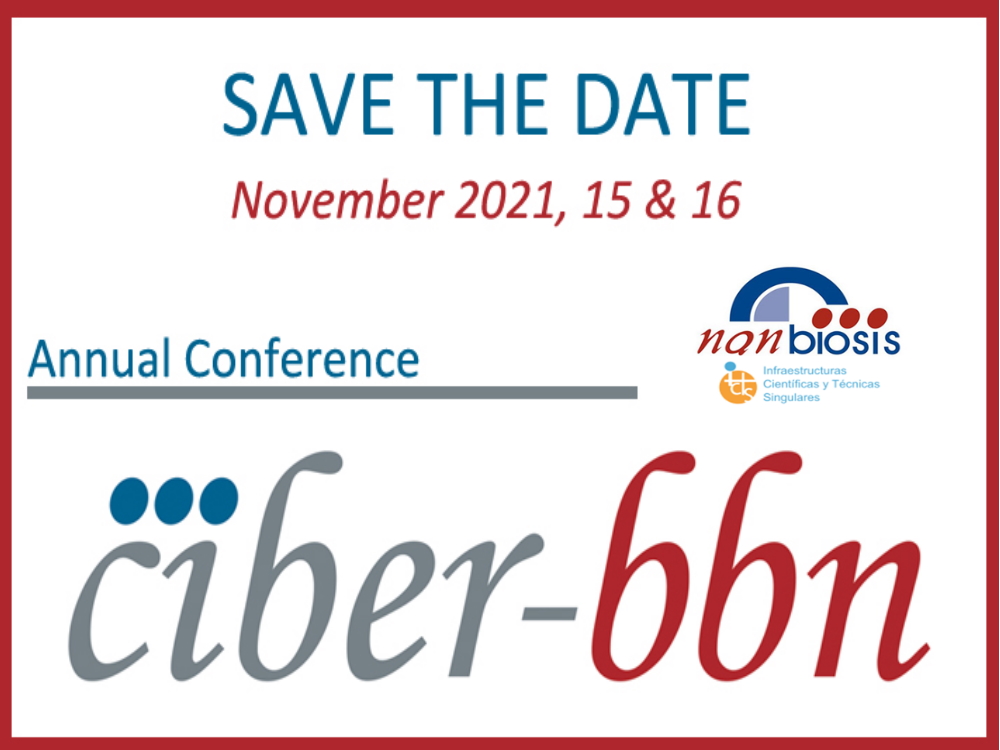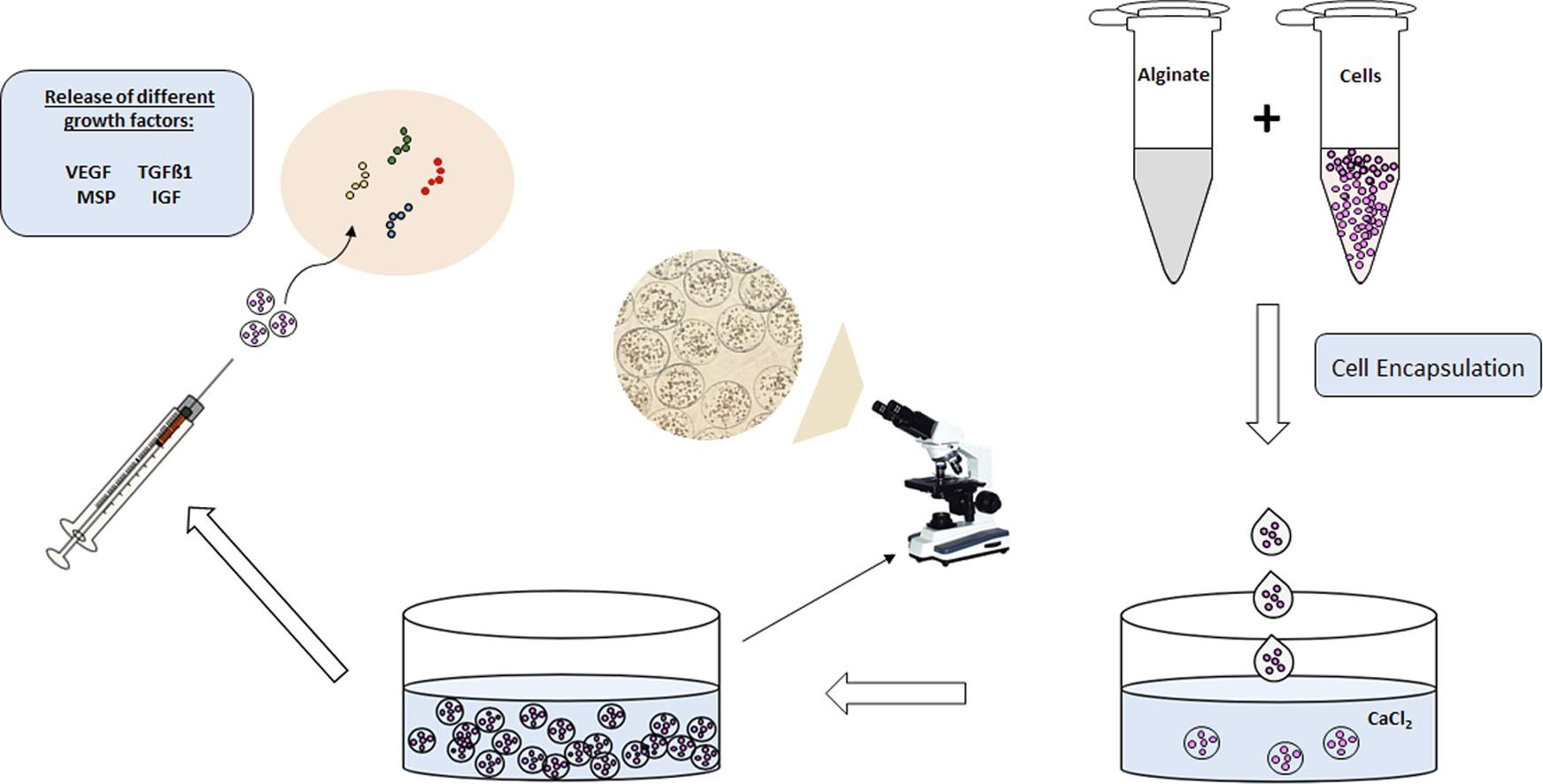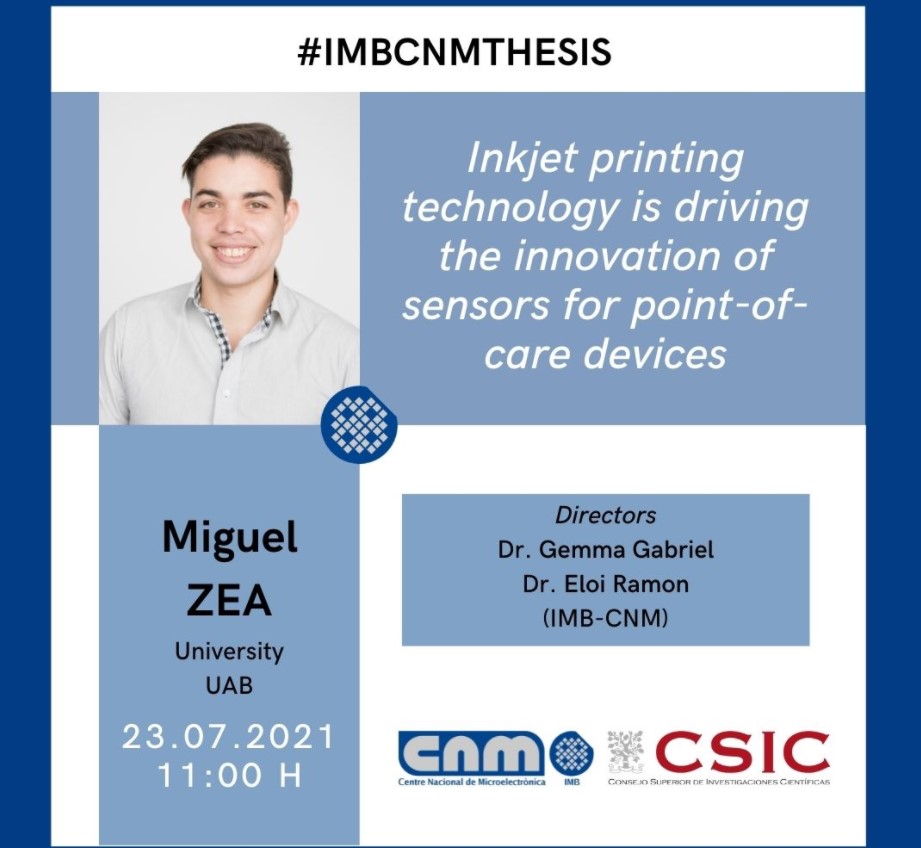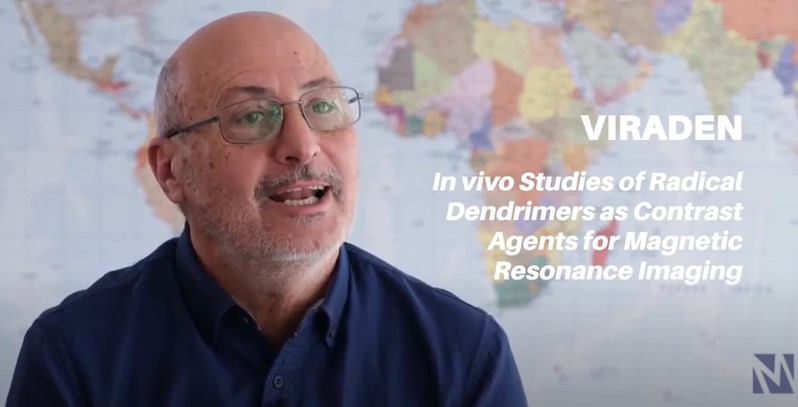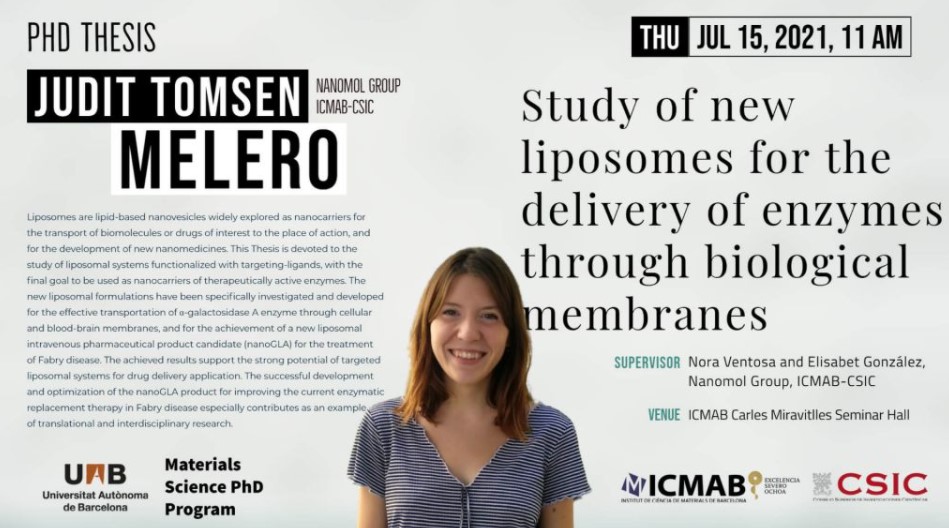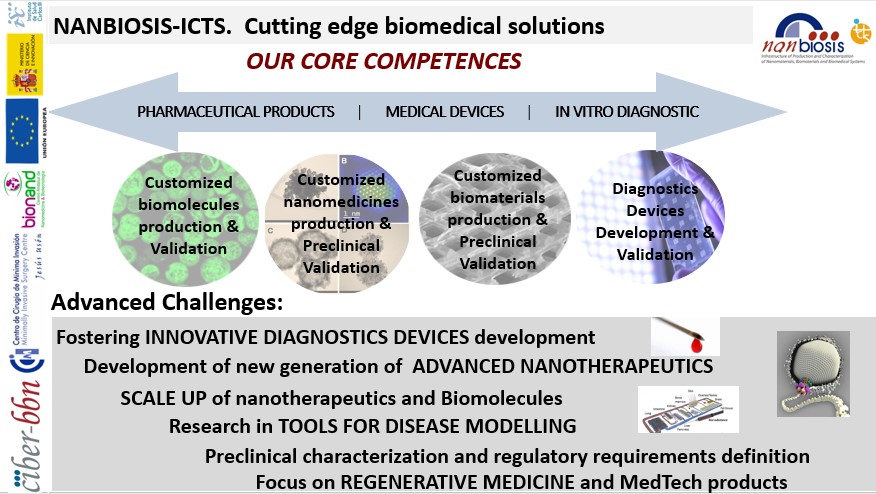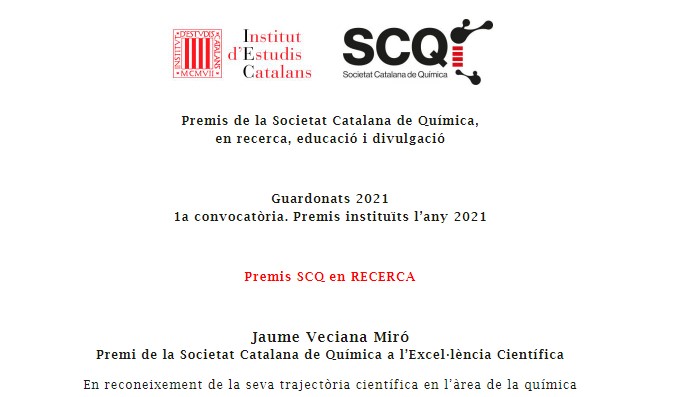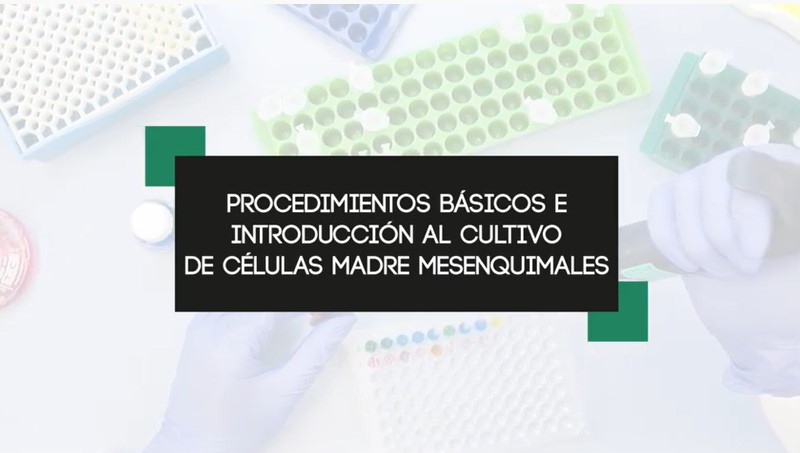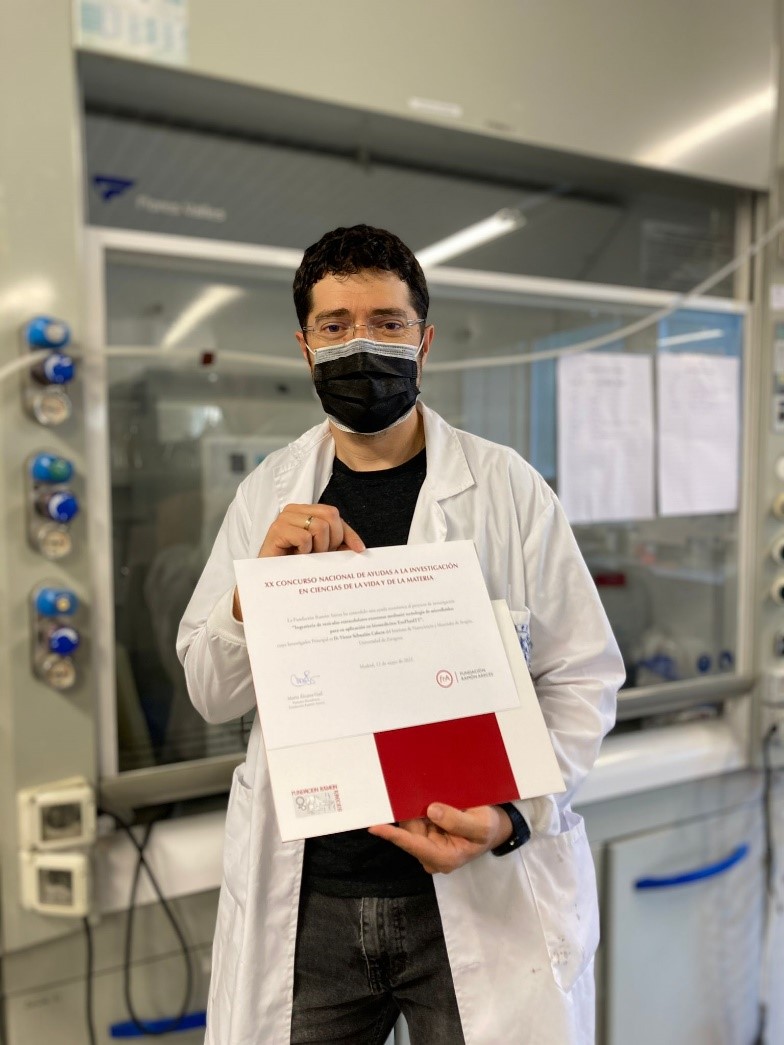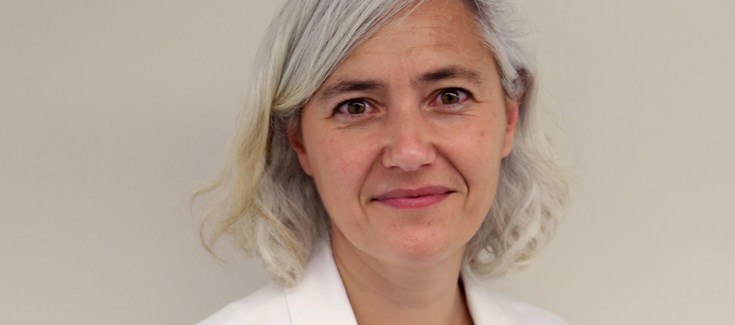Annual CIBER-BBN and NANBIOSIS Conference 2021 – SAVE THE DATE
On 15-16 noviembre 2021 will be hold the annual Conference of CIBER-BBN and NANBIOSIS
CIBER-BBN´s Annual Conference is the most awaited yearly event for our research community to gather and discuss over past year´s achievements as well as to be updated about emerging key technologies. Under this light, this year´s edition includes presentations of internal collaborative projects, three plenary talks given by acknowledged experts in the fields of Biosignal Analysis, Hybrid Nanomaterials and Drug Delivery and a session dedicated to COVID-19 and the most recent advances in the fight against it as for detection, prevention and therapy.
Due to this year´s exceptional circumstances, XIV CIBER-BBN Conference will be held on-line.
Access to broadcasted talks and subsequent debate is free following registration to the event at https://jornadasanuales.ciber-bbn.es
Program and registration
